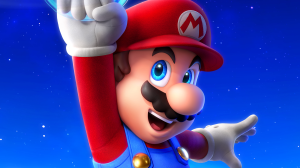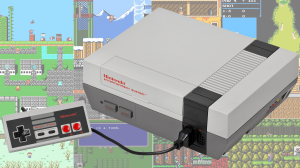Since its inception in 2008, fans of the Marvel Cinematic Universe have become accustomed to the superhero franchise deviating from the comic book source material they’re adapting. This has arguably never been more true than it is right now, with the MCU’s phase 5 taking more creative liberties than ever before. The MCU hasn’t just changed a hero’s costume or origins story; rather, Marvel Studios CEO Kevin Feige and co. have actively reinvented key characters, altered power dynamics, and re-contextualized major universe events throughout the entirety of phase 5. Whether for narrative streamlining or tone adjustment, these changes that have been implemented have gone on to create significant departures from the comics. Here are the 10 biggest ways the MCU’s Phase 5 changed the Marvel Comics.
Videos by ComicBook.com
1) A Different Thunderbolts
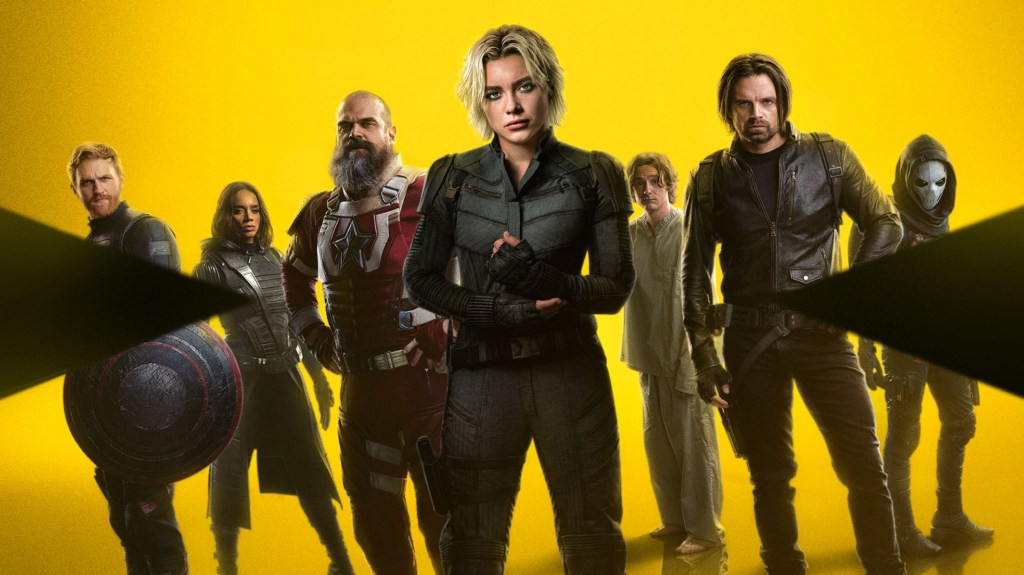
In the comic books, the Thunderbolts were a group founded by Baron Zemo during a period of time in which the Earth believed the Avengers were dead. The original concept of the Thunderbolts wasn’t to save innocent lives or do missions for the government, as was the case in the 2025 film of the same name. Instead, Zemo created the group as a means to gain the trust of the public and infiltrate S.H.I.E.L.D. and other organizations. Moreover, Zemo wanted to use this influence to help bend laws to protect other supervillains from being exposed. Over time, some of the teams characters, such as Songbird, Moonstone, and Fixer, tried to reform and change their ways, and the team walked a morally gray line. Still, Zemo was the mastermind behind the Thunderbolts, and a driving force in their presence in the comics.
In the MCU, meanwhile, the Thunderbolts team looks vastly different. Baron Zemo, for example, is no where to be found; although the character has appeared in the franchise in Captain America: Civil War and The Falcon and The Winter Soldier, his role in the creation of this team was removed entirely in Thunderbolts*. Meanwhile, members of the team included Bucky Barnes, Yelena Belova, U.S. Agent, Red Guardian, Ghost, and Taskmaster, all of whom have had questionable pasts in the MCU, but aren’t quite as villainous as some of the characters seen in the comic iteration. The general concept of a morally grey group of characters remains, but the film iteration of the group portrays the characters more on the side of heroes than they were in some of the comic stories.
2) Secret Invasion Scales Down a Massive Comic Event
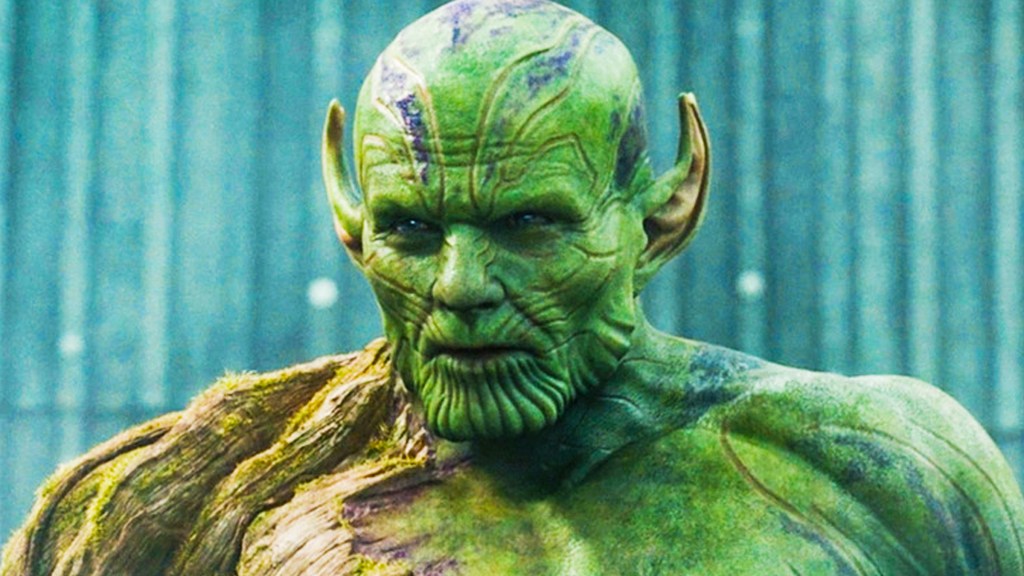
Secret Invasion is one of the biggest and most well known stories in Marvel Comics. In the story, it was revealed that the alien race known as Skrulls had been secretly infiltrated Earth for years, slowly replacing many of Marvel’s most iconic heroes. The event brought the entire Avengers team together with the Fantastic Four, the X-Men, and more, and led to massive trust issues between heroes as the characters weren’t sure who they could trust.
Surprisingly, Marvel Studios chose to adapt Secret Invasion as a Disney+ series. 2023’s Secret Invasion has a massive reduction in the size, scale, and scope of the story, with what was once a global crisis in the comics now adapted to be a more grounded espionage drama centered around Nick Fury and Talos. Instead of major heroes being revealed to be Skrulls, the focus is primarily on a smaller group of humans and Skrulls, and the political and military leaders navigating the conflict. One hero that did turn out to be a Skrull was Don Cheadle’s Rhodey, a reveal which ultimately ended up lacking the earth-shattering weight of the comic event. Rather than a superhero crossover event, the MCU’s Secret Invasion is a slow-burn thriller in the style of Jason Bourne, thus changing the original DNA of the story entirely.
3) Loki’s Comic Trickster Becomes a Tragic, Noble Hero
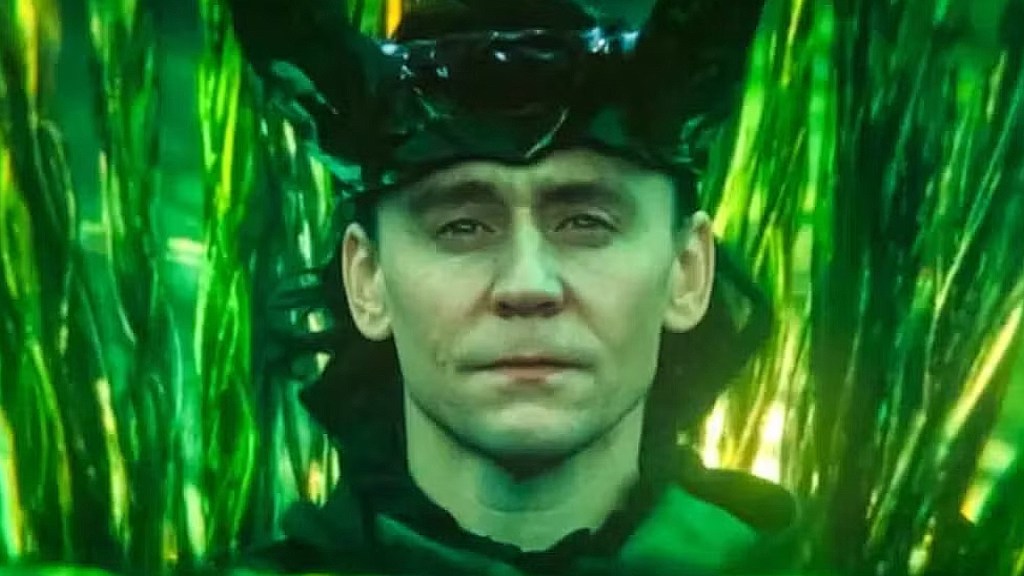
In both the comics and the MCU, Loki has always been Marvel’s god of mischief. He’s a villain (or antihero) that is as manipulative as he is charming, and whose goals are usually entirely self-serving. Even in comic arcs like Agent of Asgard, in which Loki makes an attempt to alter his fate, the character is still portrayed as mischievous and morally gray. Over the years, comic readers have become accustomed to him acting only within his own self interests, often employing various schemes and plans that lead to more trouble.
The MCU’s Loki was once very similar to his comic book counterpart and, in many ways, he still is, even in Phase 5. However, as time has gone on (particularly post Avengers: Endgame), Loki is a character that has been somewhat reinvented. Come the end of the second season of Loki, Tom Hiddelston’s character sacrifices his freedom and instead opts to serve as the being tasked with holding the entirety of the multiverse together. The show shifted some serious cosmic responsibility to Loki, thus adding emotional depth that extends far beyond the character’s comic iterations. With this twist, Loki became something more than just a trickster or a side character. Instead, he’s now a true god-like hero, selflessly giving up his existence to protect the multiverse. Not only is this a massive transformation from where Loki started in 2011’s Thor, but it also is a huge departure from the way in which the character is portrayed in many comic stories.
4) Kang the Conqueror – A Leading Multiversal Figure

In the comics, the villainous Kang the Conqueror was introduced in Avengers #8 in the year 1964. The character was revealed to be a time-traveling man from the future who becomes intent on ruling and controlling history. As a result, the traditional, comic book version of Kang was far more focused on world domination than Kang is traditionally more concerned with world and historical domination than anything else.
The MCU brought in Kang in 2021, with his first (and perhaps only) major film role being in Ant-Man and the Wasp: Quantumania. Here, and in the season one finale of Loki, Kang is more of a mythical figure – someone who is directly tied to the multiverse and posing an existential threat in a way akin to Thanos. This is especially true for the He Who Remains version of Kang, who was once the person streamlining the multiverse as to prevent other versions of himself from causing further destruction. In many ways, he is indicative of the shift in the character from the comics to live action; the domination aspect is still present in most of the variants of Kang, but added on top, especially in He Who Remains, is the thematic and story weight given to the character in the MCU. Therefore, layers not before present in his comic appearances are added to Kang, thus shifting him from a traditional villain to something even greater.
5) Monica Rambeau Reimagined
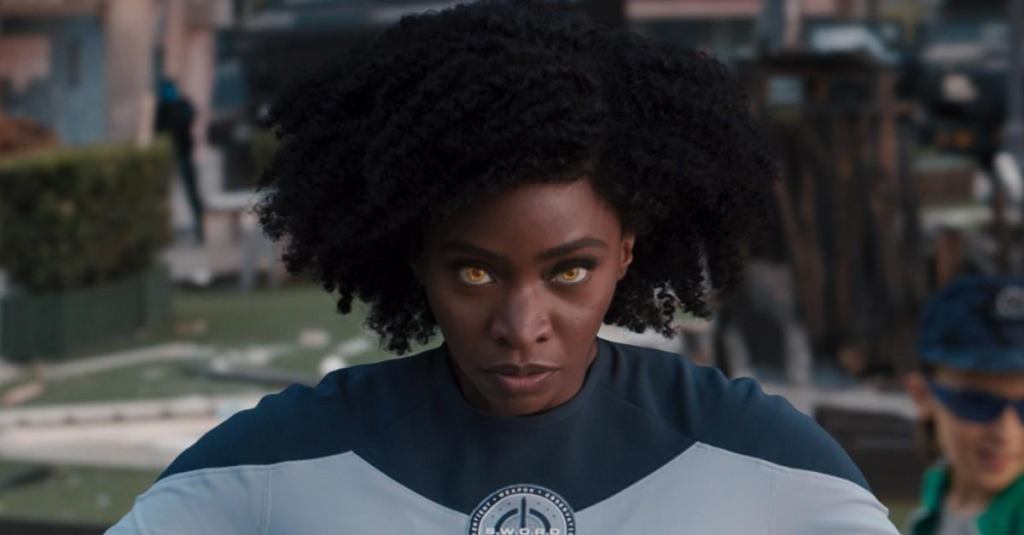
Monica Rambeau was first introduced in the MCU in 2019’s Captain Marvel as the daughter of the best friend of the title character. Four years later, Rambeau became one of the leads of the film’s sequel, titled The Marvels. The character is shown to have light-based energy manipulation powers, with Rambeau frequently deploying glowing blasts and forcefields against her enemies. However, in the comics, Rambeau is typically shown to be even more powerful. The character is often depicted as one of Marvel’s strongest cosmic heroes, with powers that include converting her body into electromagnetic energy, including X-rays, gamma rays, and microwave radiation, which is a far more complex and layered set of abilities compared to her live action counterpart. Moreover, the MCU has (as of now) skipped over Rambeau’s time as Captain Marvel, a title that she held before Carol Danvers did in the comics. Therefore, despite the important role has played in the MCU since she was first introduced, it’s safe to say that her role has been downplayed compared to the source material, where she was once labeled as the most powerful of all superheroes on Earth.
6) Echo’s Transitions to Mystical Heroine

Maya Lopez, aka Echo, is a deaf Native American woman with photographic reflexes, giving her a powerful advantage in hand to hand combat with her enemies. Lopez received a solo show of her own as part of phase 5, aptly titled Echo, with the story following a similar street-level crime route as the comics. However, in the MCU, Maya was given supernatural abilities to go alongside her street skills. Relating directly back to her Native American Choctaw heritage, Maya is shown to have a combination of ancestral vision, spiritual healing, and super strength. The character’s martial arts skills are now combined with these mystical abilities, which gave Maya a one of a kind skill set, making her a more unique character than ever before.
7) Daredevil Is Made Lighter and Less Violent
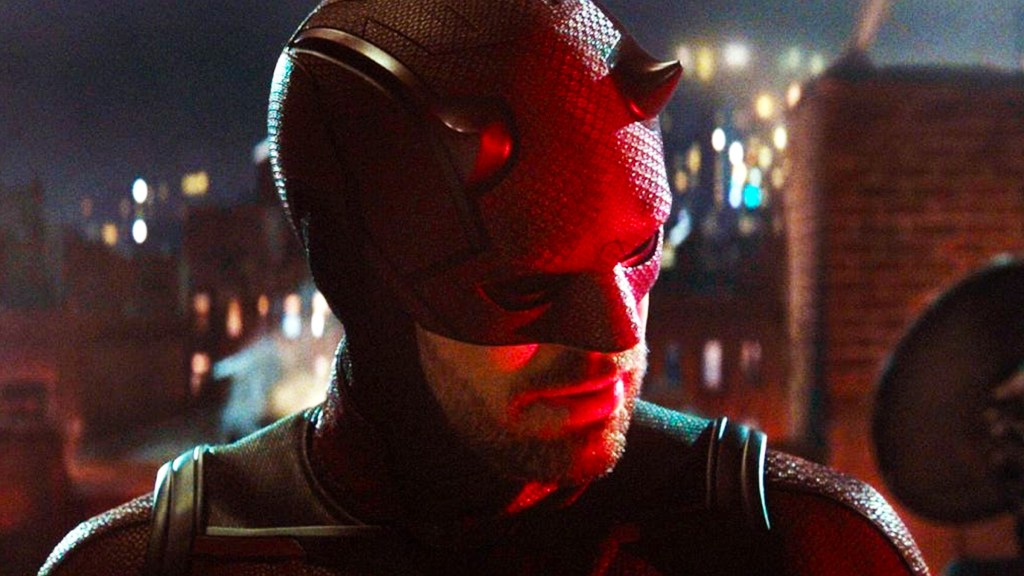
Much like in the Netflix show based on the character, Daredevil in the comics is a hero haunted by his past, using his brutality to protect the streets of Hells Kitchen and walking a fine line between morality and immorality. Comic book storylines like Born Again, Guardian Devil, and Devil’s Reign all portray Matt Murdock has a grief stricken man – one who is engulfed in lifelong trauma and appears on the verge of losing control in battle.
With Daredevil being introduced into the MCU in phase 4 and getting a show of his own in phase 5, the character was first portrayed as more lighthearted, charming, and upbeat than before. From his first appearance in the MCU, the changed tone of the hero is immediately noticeable, with the character aligning more with the family friendly tone that Marvel Studios has become known for. Interestingly, the MCU has been backtracking on this pivot from the comics, even in Daredevil: Born Again, with reshoots adding the gritty tone from the comic pages. Still, elements of the MCU’s initial ideas for Daredevil remained in Born Again season one, highlighting another major way that the franchise has changed the source material.
8) MODOK Madness
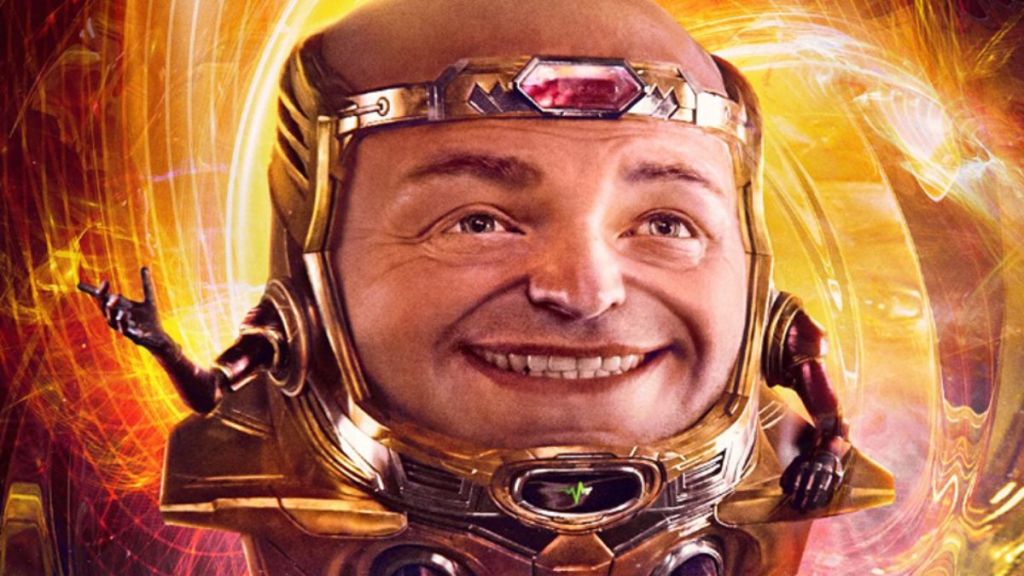
MODOK, or Mental Organism Designed Only for Killing, has made a name for himself as one of Marvel’s most memorable and bizarre villains. MODOK is shown to be a man with genius-level intellect, psychic abilities, and a constant thorn in the side of Captain America, Iron Man, and more. In the comics, MODOK is something of a contradiction; despite his goofy appearance, he often takes no prisoners, showing the Marvel heroes no mercy and he heads down a violent path.
That is, in many ways, remarkably different from the way in which the character was portrayed in Quantumania, where the character’s origins were entirely rebuilt. Darren Cross, aka the villain from the first Ant-Man film, is turned into MODOK after his supposed death in that story, and instead of being a supervillain mastermind in his own right, the character is shown to be a henchman of Kang. Moreover, MODOK is often played for laughs in the film, which differs greatly from the comics version of the character who strikes fear into the heroes. The redesign of the character to make him the brunt of a joke rather than a villain to be feared was the cause of major fan outrage following the release of the film and was an example of one of the MCU’s biggest deviations from the comics to date.
9) Ms. Marvel’s Retconned Story
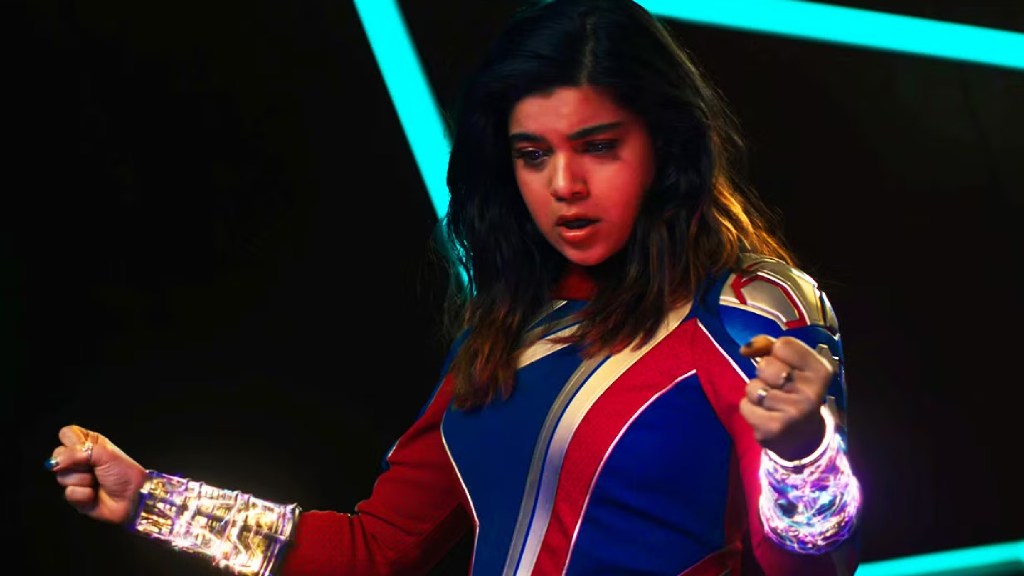
Kamala Khan in the comics and Kamala Khan in the MCU are similar in many ways. Both show the character as a vibrant, charismatic young hero with an affinity for Captain Marvel, and both portray Khan as a hero rooted in Jersey City. However, where the MCU deviated greatly in phase 5 is with the origins and powers of Khan, who joined Monica Rambeau and Carol Danvers as part of a leading trio in 2023’s The Marvels. In the comics, Khan is an Inhuman, and her powers came after she was exposed to Terrigen Mist. Khan is shown to have Shane shifting abilities and a Mister Fantastic-like quality of stretching her body to fit the needs of any given situation. However, in The Marvels (and the Disney+ series Ms Marvel), Khan is revealed to be a mutant rather than an inhuman. Moreover, her powers are light-based in live action and come from an ancient Kree artifact called the Quantum Bands, which Khan has half of. With this move, the MCU not only moved Ms Marvel closer towards the X-Men rather than the Inhumans, but also showcased its boldness to create entirely new backstories for characters and their powers.
10)Taskmaster: From Prime Comic Villain to an Abrupt End in Phase 5
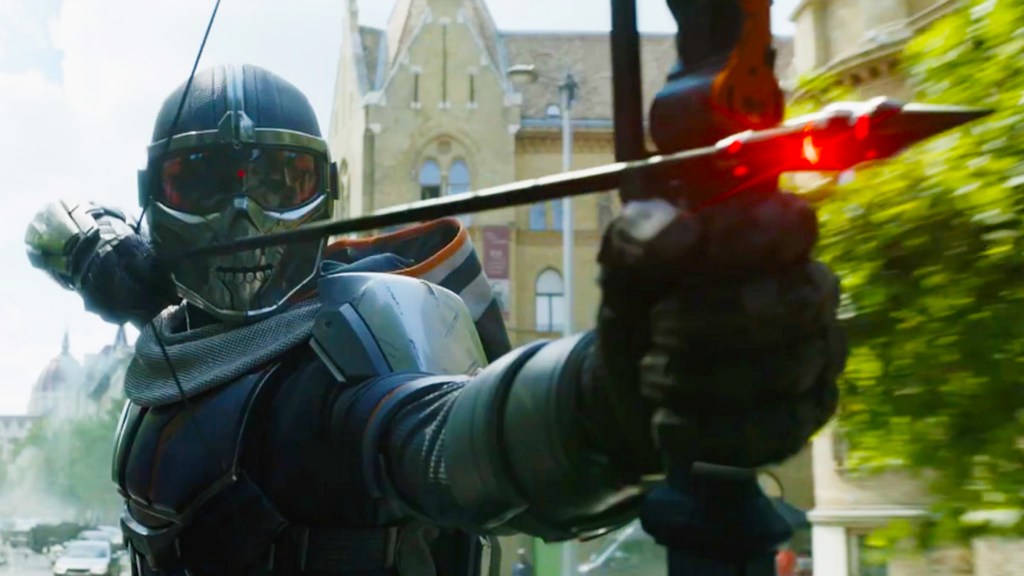
Taskmaster is arguably one of Marvel’s most iconic villains in their long and illustrious comic history. The character was first brought in in Avengers #195 (1980) as Tony Masters, a man with photographic reflexes that could, as a result, allow him to immediately match the unique fighting styles of some of the most formidable Marvel heroes like Captain America and Spider-Man. Over the years, Taskmaster has been a constant threat for the entirety of the Marvel world, appearing in stories alongside Iron Man, Spider-Man, Deadpool, and more.
Interestingly, the MCU iteration of Taskmaster deviates significantly from that. Phase 4 showed the origins of the character, now with the real name of Antonia Dreykov, who was a brainwashed daughter of a Russian military general. Then, in phase 5, Taskmaster was abruptly killed off in the first act of Thunderbolts, which seemingly ended any chance of Marvel Studios recreating the legacy that the character has in the comics, which left some viewers shocked at such a stark departure from the source material.






